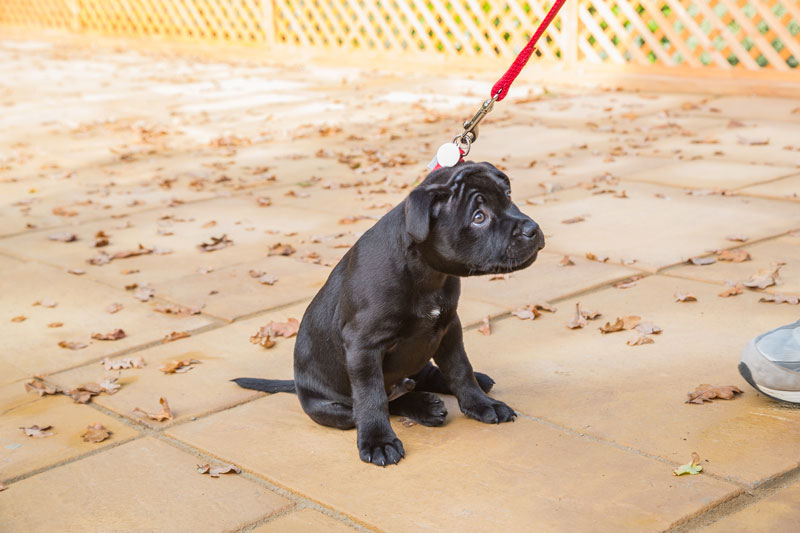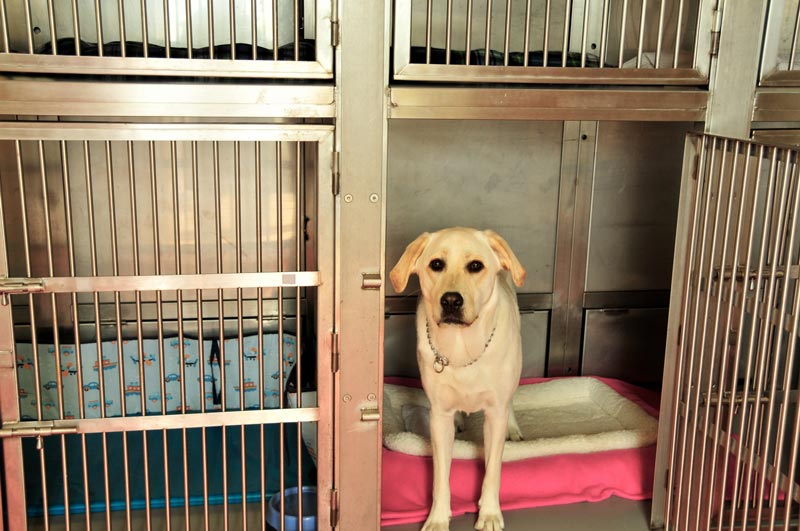Dog Training Methods to Avoid
Training is an important part of creating a positive relationship between an owner and their dog. A well-trained dog is not only a joy to have at home but also a well-adjusted member of the community. However, not all dog training methods are created equal. Some approaches, especially outdated or harsh ones, can cause harm to the dog, undermine trust, and lead to long-term behavioral issues. It’s vital for dog owners to understand the importance of humane and effective training techniques to ensure their furry friends are both happy and well-behaved.
Why Choosing the Right Training Method Matters
The method you choose to train your dog directly impacts their behavior, emotional health, and the bond you share. Positive training methods nurture trust, confidence, and a willingness to learn, while negative techniques can have the opposite effect, instilling fear and anxiety.
The long-term effects of training are significant. Dogs subjected to harsh types of dog training methods often exhibit stress-related behaviors, such as aggression or avoidance. In contrast, dogs trained with positive reinforcement show eagerness to engage, enhanced social behaviors, and improved emotional stability. By choosing humane training, you not only build a strong, trusting relationship but also promote your dog’s overall well-being.

Dog Training Methods to Avoid
Understanding bad dog training methods and why they’re ineffective or harmful is key to avoiding common dog training mistakes. Below are some of the biggest pitfalls and what makes them damaging.
1. Shock Collar Training
Shock collars are devices designed to deliver an electric shock to a dog as a punishment or deterrent. While they may temporarily stop undesirable behaviors, the physical and emotional toll on the dog is substantial. Shock collars often cause stress, anxiety, and fear-based responses, leading to more behavioral problems in the long term.
Instead of relying on these painful devices, owners can use positive reinforcement, such as rewarding good behavior with treats or affection, to encourage better habits.
2. Choke Chain and Prong Collar Training
Choke chains and prong collars are mechanical tools used to correct behavior by applying pressure to the dog’s neck. These methods can cause severe injuries, including damage to the trachea, spine, and nerves. Moreover, they create a negative association with training, often leading to fear and aggression in dogs.
Gentle alternatives, such as no-pull harnesses, combined with reward-based training, are far safer and more effective for teaching proper leash manners.
3. Punishment-Based Training (Yelling, Hitting)
One of the biggest dog training mistakes is resorting to punishment, such as yelling or physical reprimands. These actions can cause a dog to feel threatened, damaging their trust in their owner. Punishment often leads to fear, anxiety, or even aggressive behaviors, making it an unreliable and harmful approach.
For example, yelling at a dog for barking might seem like a solution, but it often escalates the problem as the dog becomes more anxious. Instead, redirecting their attention and rewarding calm behavior proves far more effective.
4. Overuse of Crates or Confinement for Punishment
Crates are valuable tools when used correctly, offering a safe and comfortable space for dogs to relax. However, when crates are misused as punishment, they become a source of fear and stress. Prolonged confinement can lead to psychological harm, including depression and destructive behaviors.
To avoid this, use crates as a positive space, incorporating treats and toys to create a welcoming environment. Always ensure the dog is not left confined for prolonged periods of time without breaks for exercise and interaction.
5. Alpha Roll or Dominance Theory
The alpha roll involves forcing a dog onto their back to assert dominance, stemming from outdated dominance theory. This method is not only physically risky but also emotionally damaging, often resulting in fear-based aggression or submissive behaviors.
Modern dog trainers widely discredit dominance-based approaches, emphasizing that dogs respond better to mutual respect and positive reinforcement. Training rooted in trust is far more effective than asserting dominance.

The Benefits of Positive Reinforcement
Positive reinforcement has emerged as the gold standard for dog training, emphasizing rewards rather than punishment. This approach focuses on encouraging desired behaviors, building confidence, and fostering trust between dogs and their owners.
Building Trust and Confidence
When dogs are rewarded for good behavior, they are motivated to repeat those actions. This builds confidence and creates a positive feeling towards training sessions, making them enjoyable for both dog and owner.
Encouraging Desired Behaviors Without Fear
Positive reinforcement eliminates the fear and anxiety associated with punishment. Dogs learn faster and are more willing to cooperate when they feel safe and secure during training.
Strengthening the Bond Between Pet and Owner
Reward-based training nurtures a strong, healthy bond between you and your dog. Whether through treats, praise, or play, reinforcing good behavior with positive attention deepens trust and affection.
For example, teaching a dog how to sit using treats and verbal praise not only encourages obedience but also enhances your relationship.
Choosing the Right Training Method for Your Dog
Selecting the right training method and understanding dog training mistakes to avoid requires an understanding of your dog’s unique needs and preferences. Here are a few key considerations:
Understand Your Dog’s Needs
Every dog is different. Consider factors like breed, age, temperament, and past experiences when choosing a training approach. For example, high-energy breeds may respond well to training that incorporates physical activity, while shy or anxious dogs may need gentle, reassuring methods.
Work with Certified Trainers
Not all trainers are created equal. Seek professionals who specialize in humane, science-based dog training methods. Certification from reputable organizations ensures that trainers adhere to ethical and effective practices.
Tailor Training to Specific Behaviors
Different issues require different approaches. Addressing leash pulling, jumping, or excessive barking with targeted techniques ensures that training is efficient and effective.
Be Patient and Consistent
Consistency is the cornerstone of successful training. Dogs thrive in structured environments where expectations are clear. Pair patience with positive reinforcement to create an encouraging atmosphere that supports long-term learning.
Get Your Dog the Best Training Possible at K-9 University
Choosing the right training methods for your dog is essential to building trust, confidence, and a positive relationship. At K-9 University, we specialize in humane, science-based training practices that avoid outdated, harmful techniques like punishment or shock collars. With our certified trainers and focus on positive reinforcement, we help dogs of all ages overcome behavioral challenges while strengthening the bond they share with their owners. Serving Plano, Garland, and the surrounding areas, we’ve transformed the lives of countless dogs and their families. Contact us today to learn more about our ethical training programs and take the first step toward a happier, healthier life with your dog.
